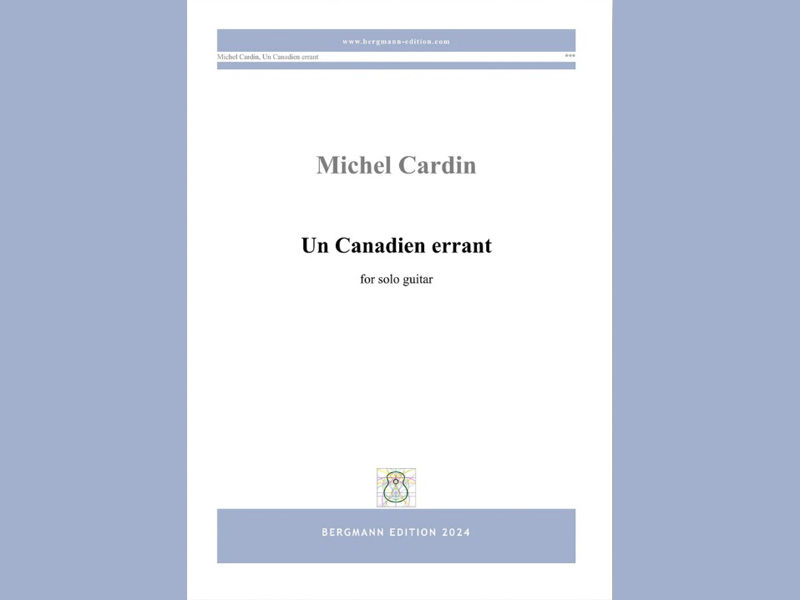Adam Darr : Sonate : revised and fingered by Daniel Marx :DOz
- chrisdumigan
- Feb 23, 2022
- 2 min read
Updated: Jun 4, 2022

Adam Darr
Les Productions D’Oz: 19 pages
I must confess to never having heard of Adam Darr (1811 – 1866) but on the basis of this three movement Sonata I really feel I should have, as it is without doubt fresh , vital, just that little bit different from all those other 19th Century guitar pieces you will know, and yet is not boring or predictable as often unknown guitar pieces often turn out to be (usually on the basis that if nobody knows about them or is playing them , then there’s often a good reason for it !)
Born in Bavaria, and a player of several instruments including the guitar, Adam Darr had a profound musical knowledge across many instruments, had success as a touring musician over many parts of Europe, did many tours with another guitarist as a duo and wrote one of the most important methods for the zither, and therefore all this variety putting him in quite a unique musical place for a guitar composer.
The first movement is long but completely in sonata form throughout. Set in D Major the opening Allegro Moderato has a long extended melody line with plenty of movement that will keep the player completely occupied with its two and sometimes three voices constantly moving. Its seven pages never let up and the rhythmic diversity and the interesting harmonies at play here are involving.
The Andante Religioso that follows is by contrast extremely chordal in style , going through a number of keys s it progresses.(Incidentally there is a misprint on bar 49 , last crotchet, where the C above the Eb should be a natural one not a sharp.)
The final movement is a quirky Rondino marked Allegro Scherzando with a main theme that relies on a repeated rising semi tonal idea using acciaccaturas as the basis. Marked leggiero they dance through this movement and are an ideal response to the quite serious material of the two previous movements. However the leaping around makes it very easy to play parts of this wrong, so care needs to be taken. There is also a missing G# on the acciaccatura before the last quaver of bar 21
This is a substantial work, and it was a delight from start to finish. As I said before it is quite different in a number of ways to the usual 19th century guitar music that players may be used to, and therefore as such I can only say that it is well worth getting your fingers and ears around, if this era’s music appeals to you.
Chris Dumigan




Comments